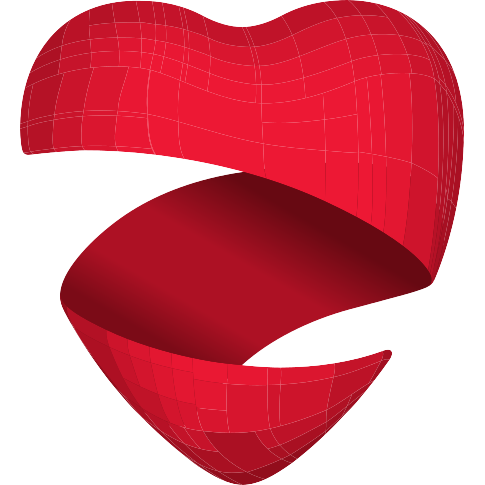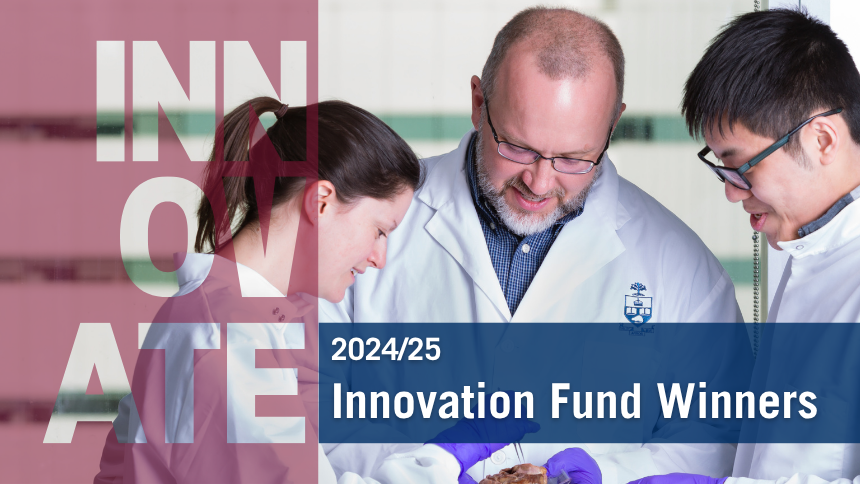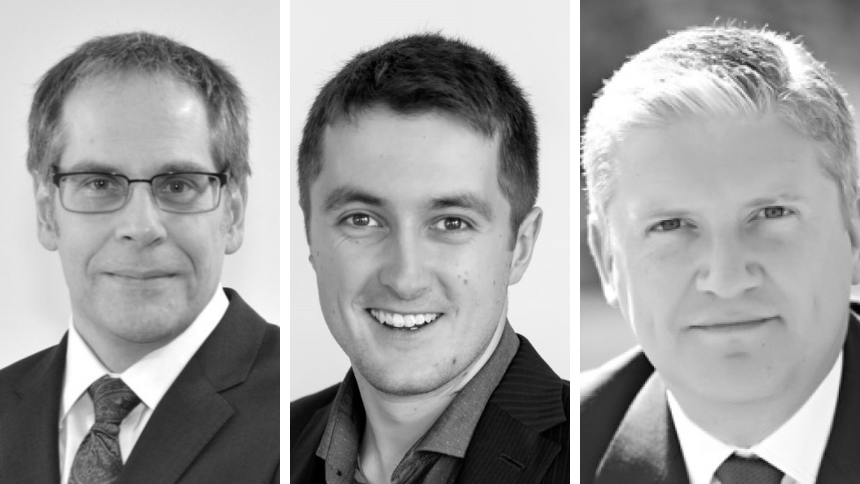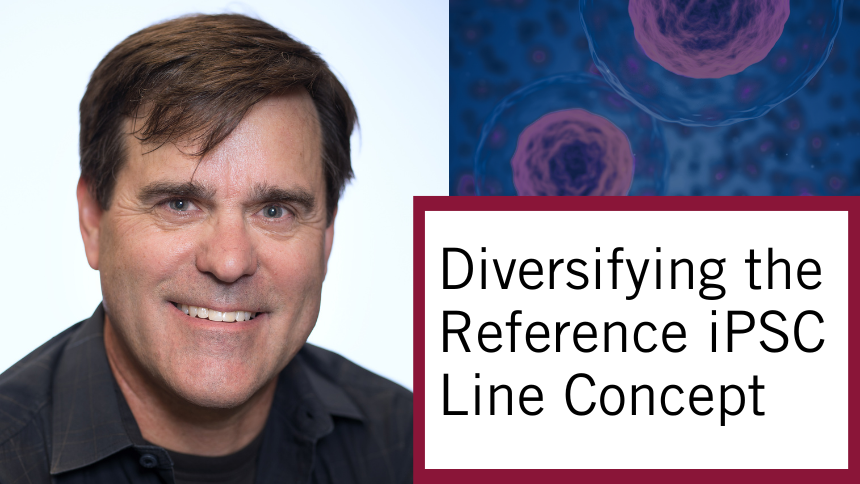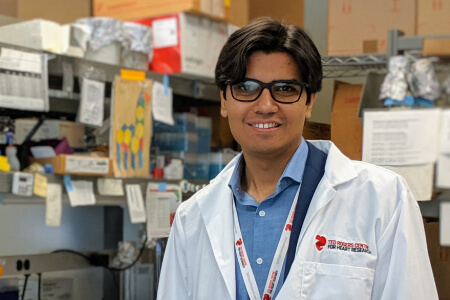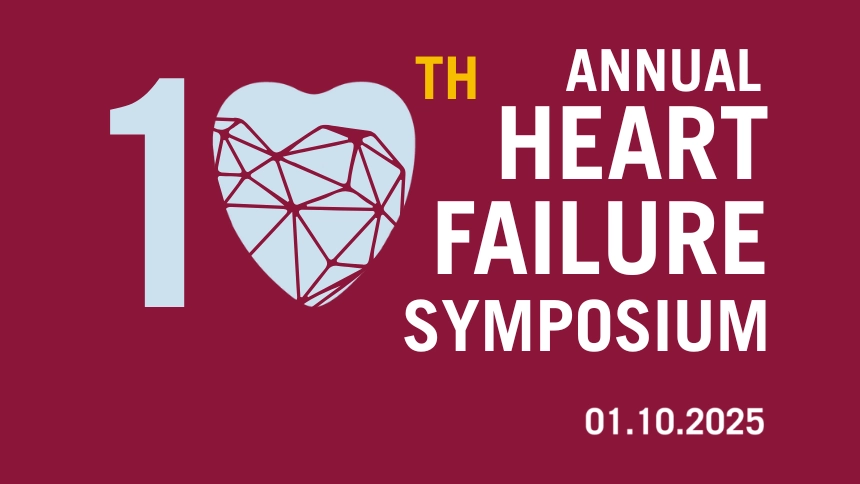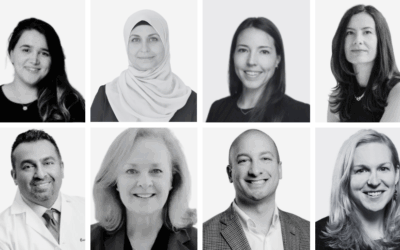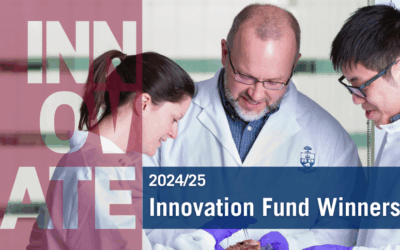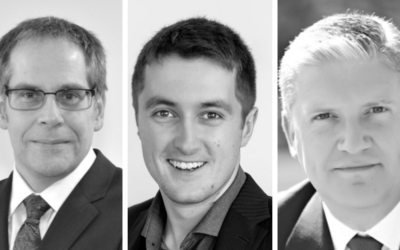Entrepreneurship for Cardiovascular Health Opportunities (ECHO) is a 12-month national training program supporting cardiovascular research commercialization through education, mentorship, networking, and funding. Led by a diverse team of experts, ECHO fosters successful startups in cardiovascular health, culminating in ECHO PITCH, a pitch competition offering up to $250,000 in funding.
With the 2024-2025 ECHO cohort preparing to compete at ECHO PITCH on October 15, 2025 (if you’d like to join our live audience, please see more details here), we took the opportunity to sit down with the venture finalists to learn more about them, their commercialization process, and how the ECHO program has helped their entrepreneurship journey so far. Today we’re speaking to Alexia Kirby (COO and co-founder), Nick Calvert, and Adam Shuhendler of Yellowbird Diagnostics.
Tell us a little bit about Yellowbird Diagnostics
Yellowbird Diagnostics is an early clinical-stage biotech company developing next-generation medical imaging dyes that reveal early and otherwise invisible disease signals. Our lead product, NeuCaVis™, is a first-in-class PET radiotracer that targets the unique metabolism of cardiac inflammation, producing a high-contrast, disease-specific signal without the background noise of the current clinical standard. By enabling earlier and more confident diagnosis across a broad range of inflammatory heart diseases, NeuCaVis™ empowers faster treatment decisions and improves patient outcomes.
What was the inspiration behind creating Yellowbird Diagnostics?
In 2023, Yellowbird Diagnostics spun out of CSO Adam Shuhendler’s lab at the University of Ottawa, where Nick Calvert (CEO) and myself (Alexia) were completing our PhDs. Adam spent over a decade developing smart imaging dyes to unlock new possibilities in diagnostic medicine, with the ultimate goal of bringing them to patients. As key innovations in dye chemistry emerged, particularly those that could transform how the heart is imaged, the three of us recognized the clinical potential and felt a responsibility to move these technologies beyond the lab. By innovating imaging dyes that trace the molecular underpinnings of disease, doctors can see very early stages of illness when treatments work best. This is the idea that fueled the day-to-day of Adam’s lab and is the idea that continues to fuel Yellowbird Diagnostics.
To strengthen our path from innovation to market, we brought on Michael Gottlieb as Executive Board Chair, whose extensive C-suite and biotech commercialization experience adds invaluable business leadership. With a decade of innovation, unique team expertise, and a drive to improve lives through imaging, Yellowbird is committed to ensuring these tools reach physicians and help millions receive accurate diagnoses when treatment can make the greatest impact.
Can you explain how the technology for your imaging dyes works to help individuals with cardiac inflammation?
Our imaging dye, called NeuCaVis™, leverages the way cells in the heart fuel themselves in disease, which is distinct from how they do it when they are healthy. In a healthy heart, cells rely on glucose for energy, but during inflammation they switch to metabolizing fructose for fuel. NeuCaVis™ is a radiolabeled form of fructose, carefully engineered to enter these diseased cells but block downstream metabolism, causing it to accumulate only where inflammation is present. When used with positron emission tomography (PET), a highly sensitive imaging technique that detects and maps the small amounts of radioactivity in the body, this creates high-contrast, disease-specific 3D images of inflammation without background signal from healthy heart tissue. By pinpointing inflammation in conditions like myocarditis, endocarditis, cardiac sarcoidosis, transplant rejection, and more, NeuCaVis™ enables earlier diagnosis, more confident clinical decisions, and better patient outcomes.
What makes Yellowbird Diagnostics distinct from other diagnostic tools currently available for patients with cardiac inflammation?
NeuCaVis™ is unique because it only lights up diseased tissue, not healthy tissue. In contrast, the current gold standard for inflammation imaging, fluorodeoxyglucose (FDG), accumulates in both healthy and diseased areas, generating background noise that complicates the detection of cardiac inflammation. Clinicians try to reduce this noise by requiring patients to follow strict preparation protocols including low-carbohydrate diets and fasting, but even then, results can be unreliable. It is difficult to reliably attribute imaging signal to disease, limiting the confidence of diagnoses. Since NeuCaVis™ has almost no signal in healthy heart tissue, this prep can be eliminated entirely while delivering clear, disease-specific PET images. This gives clinicians a faster, simpler, and more confident way to detect and monitor cardiac inflammation, while eliminating the burden on patients.
What has been the biggest benefit of being part of the ECHO program so far?
The biggest benefit of ECHO has been the combination of community and expert guidance. The value of community at this stage is hard to quantify. Being part of a network of driven life science entrepreneurs and domain experts has given us valuable connections, fresh perspectives, and a supportive space to share challenges and strategies. The workshops and mentorship have sharpened our story, refined our business approach, and accelerated our growth as both a company and individually as entrepreneurs.
How does Yellowbird Diagnostics plan to expand or evolve in the next five to ten years?
We’re fully committed to pushing our lead asset, NeuCaVis™, rapidly through the regulatory pathway and into the clinic. By the end of 2025, we’ll be performing first-in-human scans in cardiac patients and kicking off our Phase I trial at the University of Ottawa Heart Institute. In just a few years, NeuCaVis™ will be powering through Phase II and III trials on its fast track to regulatory approval and real-world impact.
In parallel, we’ll advance our kidney-safe MRI dye and IV-OCT inflammation dye toward the clinic. Over the next decade, we aim to become the international leader in imaging dye innovation, regardless of imaging modality. Our goal is to equip clinicians with powerful new tools that provide early, accurate, and actionable insight into disease, improving outcomes across the most urgent and underserved areas of medicine.
ABOUT ECHO
ECHO is a specialized entrepreneurship training and mentorship program led by veteran entrepreneurs and consultants across a variety of sectors. Ventures participating in this 12-month online training program receive entrepreneurship training, mentorship, partnership and funding opportunities; support towards creating and growing their high-impact, health-focused startup; and tools to accelerate the translation of their health innovations from the bench to the bedside.
ECHO was launched in 2018 under the University of Toronto’s Translational Biology and Engineering Program (TBEP) at the Ted Rogers Centre for Heart Research. To date, ECHO has supported 178 participants and 69 ventures, awarding over $1.5 million to help transform cutting-edge cardiovascular research into real-world solutions.
Building on this success, ECHO rebranded this year to the Entrepreneurship for Commercialization of Health Opportunities (ECHO) program, with expansion beyond its initial focus on cardiovascular health to include all areas of health research and care. ECHO is now led by the Temerty Faculty of Medicine, University of Toronto, in collaboration with the Translational Biology & Engineering Program (TBEP), and with support from the Health Innovation Hub (H2i), Temerty Medicine’s health accelerator. To learn more, please visit https://rhse.temertymedicine.utoronto.ca/ECHO..


